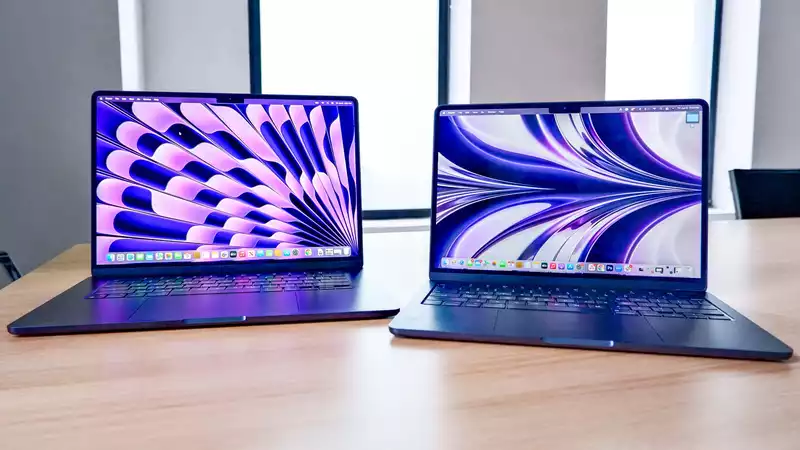Overheating is a common problem with laptops. Even our best laptops face it.
But what if there was a solid-state cooling system that could act as a fan, increase sustained CPU power by 67%, and do all this without adding a millimeter of thickness to the shell? That's exactly what the AirJet Mini makes possible, and the Air works just like the recently discontinued 13-inch MacBook Pro!
The implementation of this cooling chip is so simple and scalable that it is like looking at the future of thermal management in laptops.
Frore Systems' active cooling chip is a solid-state component that outperforms fans while being quiet, thin, and light (27.5 x 41.5 x 2.8 mm, 9 g each) How on earth did the AirJet Mini achieve this?
It comes down to the physics of vibration and the diffusion of air through vibration. Just below the small air intake at the top of the chip, there is a small membrane that vibrates at ultrasonic frequencies.
This vibration allows the chip to generate a flow of air, which is drawn through the vents into a pulsating jet that begins to lower the processor temperature. In this way, the notebook chip can operate at a higher level of power without sacrificing the slim size of many current notebooks. And to prove this technology, Floor Systems aimed for the top of the metaphorical mountain when it comes to ultra-thin and lightweight systems.
The MacBook Air is synonymous with completely fanless designs. Apple silicon operating temperatures and efficiency mean you can perform the majority of your everyday tasks without breaking a sweat.
However, it is not without thermal throttling issues. In fact, when Frore Systems retrofitted three AirJets to the Air, the 67% increase in sustained CPU power (from 12W to 20W) and the 23% increase in sustained processor speed (from 2600MHz to 3200MHz) shows how suffocated the M2 chip was It is easy to see. Simply put, these smaller coolers allow the MacBook Air to run faster and longer when performing more demanding tasks such as media editing, gaming, or AI-generated processing without worrying about overheating. In other words, when you see the frame rate of Shadow of the Tomb Raider jump 26% from 23 frames per second to 29 frames per second, you can see how this small, scalable technology could very well be the future of laptop cooling.










Comments